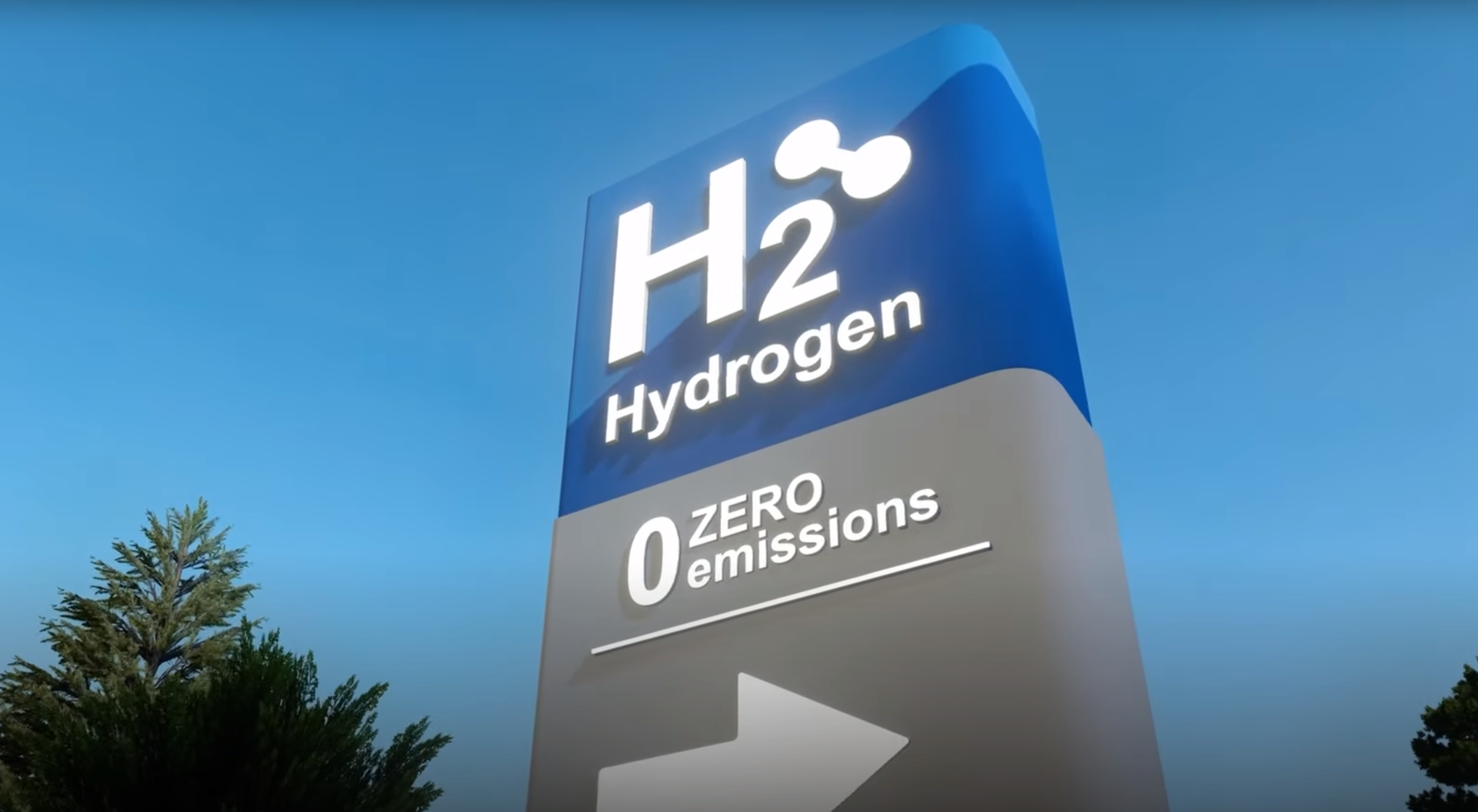Table of contents
Toggle- Hydrogen Engines: Zero Emissions, Gasoline-Comparative Range
- Hydrogen Innovation: The Future of Vehicles?
- Hydrogen: Energy Efficiency and Logistics
- Environmental Impact of Hydrogen Vehicles
- Infrastructure Challenges for Hydrogen Vehicles
- Hydrogen: A Bleak Future for Off-Road Vehicles?
- The Era of Electric Snowmobiles: An Energy Transition on the Horizon
- Read our latest articles here:
In recent years, discussions about climate change have become more prevalent. It’s rare to go a week without a climate-related event making headlines, even in Quebec, as demonstrated by recent forest fires.
As a result, it’s not surprising to see manufacturers heavily investing in the development of cleaner, carbon-free engines, from hybrids to fully electric models.
Hydrogen Engines: Zero Emissions, Gasoline-Comparative Range
One technology that’s frequently discussed is hydrogen-powered engines. Yamaha, for instance, recently released a video showcasing a hydrogen prototype of the YXZ1000R (watch…). It’s remarkable to note that the only emissions from such an engine are water vapor.
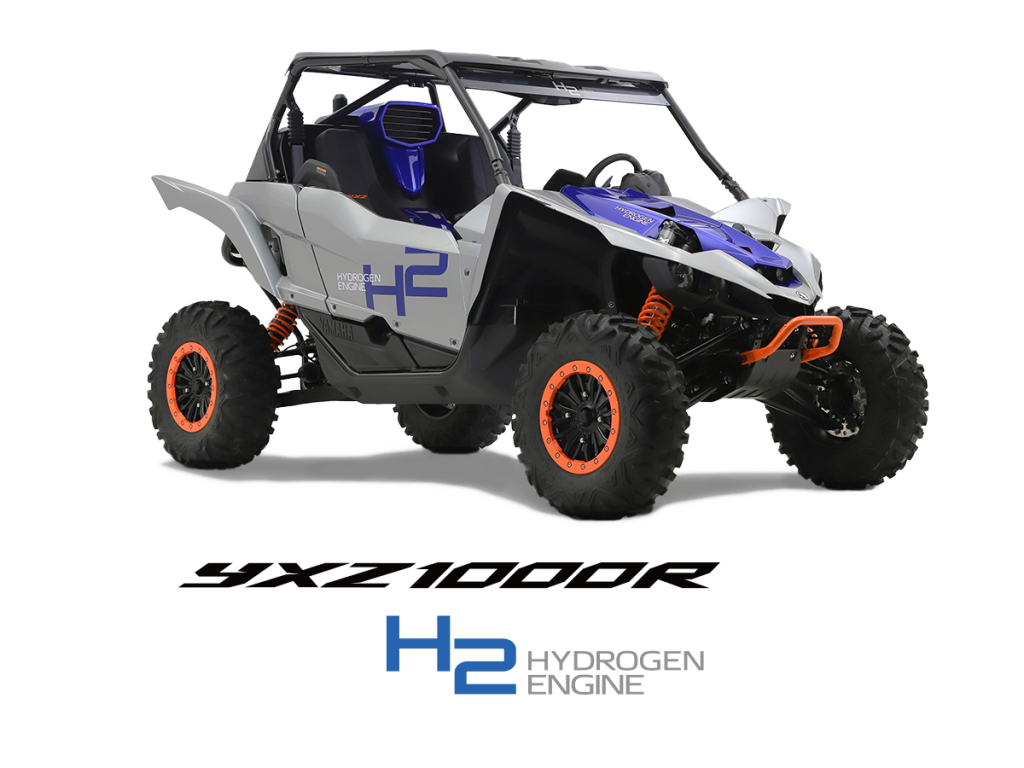
What’s particularly interesting is that, unlike fully electric propulsion, hydrogen engines offer a range that’s quite similar to traditional gasoline engines.
On Paper, a Promising Transition, but Is It Practical for the Off-Road Vehicle Industry?

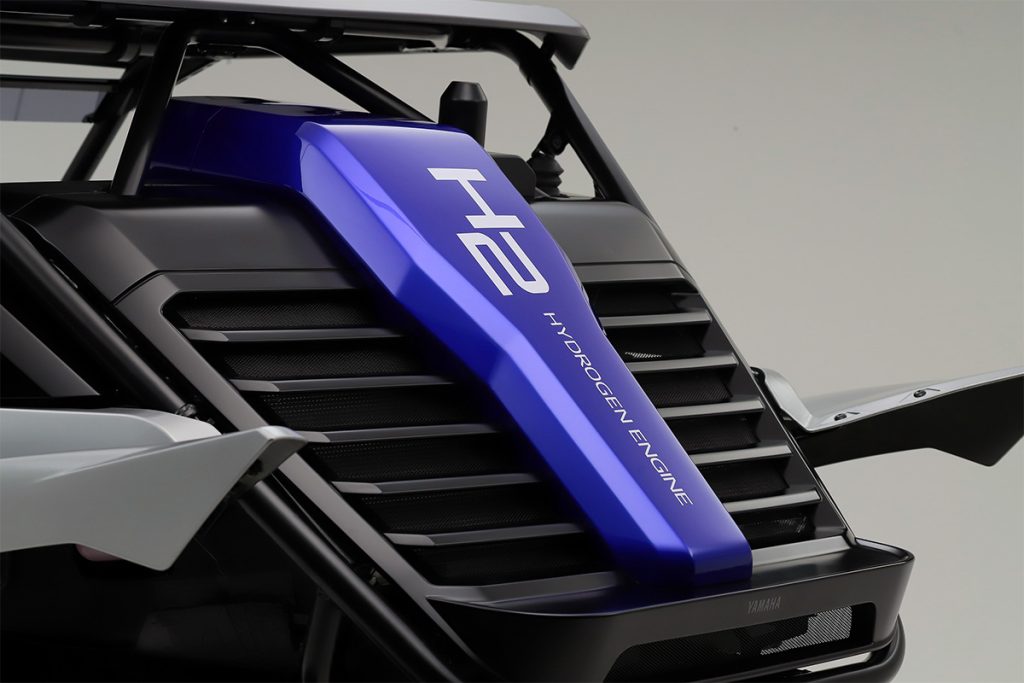
Hydrogen Innovation: The Future of Vehicles?
Childhood dreams of water-fueled cars now seem closer to becoming a reality. Although we haven’t fully reached that point yet, current technological advancements are clearly steering us in that direction.
Imagining the possibility of driving a vehicle with only water vapor emissions undoubtedly sparks a sense of wonder. This transition toward an eco-friendly option appears increasingly inevitable.
In response to this enthusiasm, major car manufacturers have adopted hydrogen fuel cell technology to power their electric vehicles, using hydrogen to generate electricity. Toyota, with its cutting-edge Mirai model (learn more…), and Hyundai, with its innovative Nexo (learn more…), are leading this green revolution.
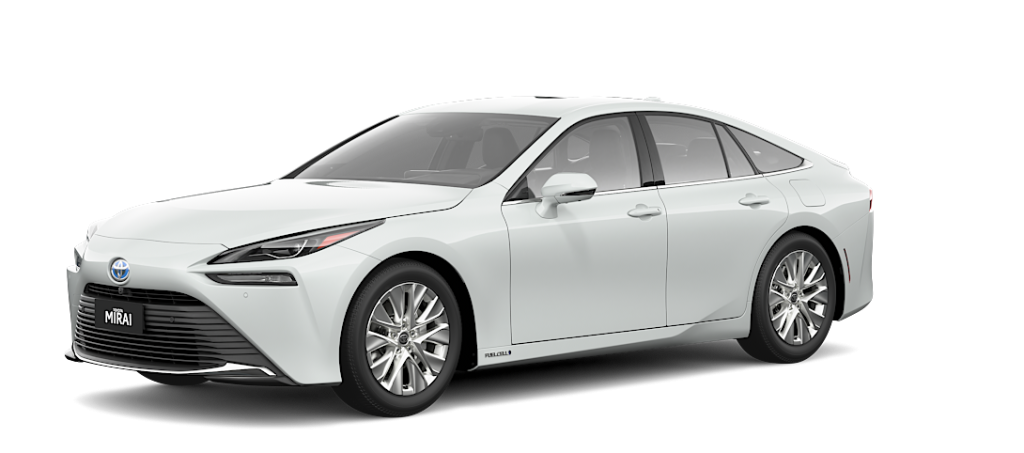
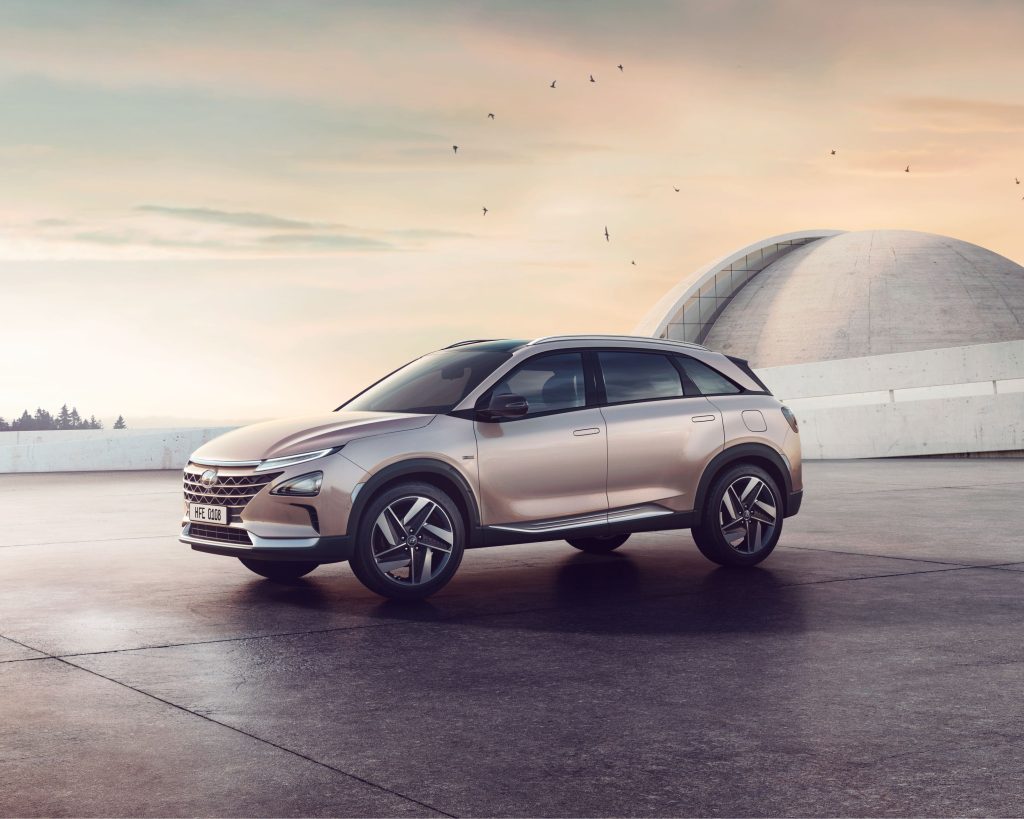
Hydrogen: Energy Efficiency and Logistics
Despite the promising benefits of hydrogen as an alternative energy source, its production and distribution pose significant challenges that hinder its overall efficiency.
Let me explain. To obtain 38 watts of usable power for an electric fuel cell vehicle, 100 watts is required. Here are the steps needed to create those 38 watts:
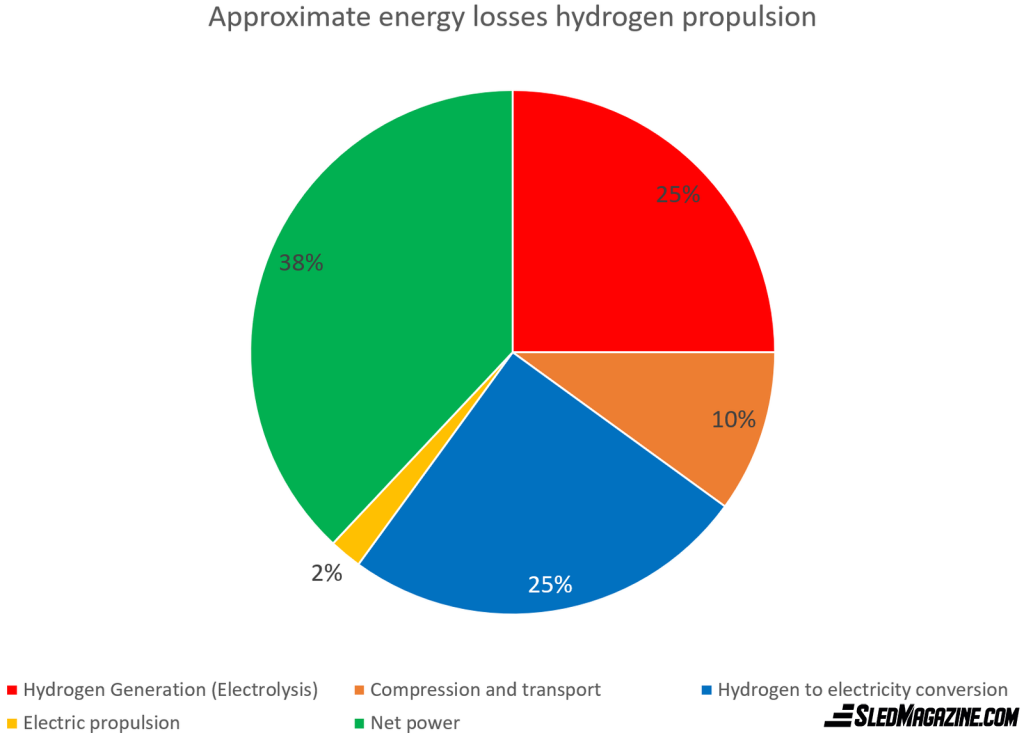
Hydrogen Production
First, hydrogen must be extracted from water, a process called electrolysis, which requires an input of about 25 watts.
Hydrogen Storage and Distribution
Hydrogen needs to be compressed for storage and transportation, which averages around 10 watts.
Fuel Cell Performance
The fuel cell uses hydrogen to produce electricity, with a substantial energy loss during this process, resulting in a consumption of 25 watts.
Optimizing Electric Propulsion
This step is the most efficient, requiring only a modest consumption of 2 watts.
Environmental Impact of Hydrogen Vehicles
Given these values, it’s evident that to obtain 38 watts of net power, an investment of 100 watts is necessary, resulting in an energy loss of 62%. If the 100 watts of electricity come from green sources such as solar, wind, or hydropower, the environmental footprint is relatively minimal. However, if they come from oil or coal power plants, there is no ecological advantage over gasoline propulsion.
Infrastructure Challenges for Hydrogen Vehicles
The widespread adoption of hydrogen as a fuel requires a vast network of refueling stations.
During my research for this article, I was astonished to find that some car manufacturers already offer hydrogen fuel cell models. However, there is currently only one refueling station in Quebec (according to this source).
Furthermore, excluding California, the number of stations in Canada and the United States can be counted on one hand.
Hydrogen: A Bleak Future for Off-Road Vehicles?
Taking into account the obstacles associated with hydrogen, its adoption for off-road vehicles in the short term appears to be a challenge, unless on-site hydrogen production becomes a reality.
In parallel, rapid advancements in batteries and fully electric motor technologies suggest intense competition that leaves little room for other technologies.
The Era of Electric Snowmobiles: An Energy Transition on the Horizon
It’s not an exaggeration to think that off-road vehicle manufacturers are on the verge of offering VHRs with ranges that meet the expectations of many users.
The proliferation of electric vehicle charging points only strengthens this trend. Imagine, shortly, going on a snowmobile adventure with a multitude of charging points at your fingertips.
So, get ready for an energy transition in the world of off-road vehicles, particularly snowmobiles. These electric vehicles could well become the preferred choice for many enthusiasts.
What are your thoughts?

